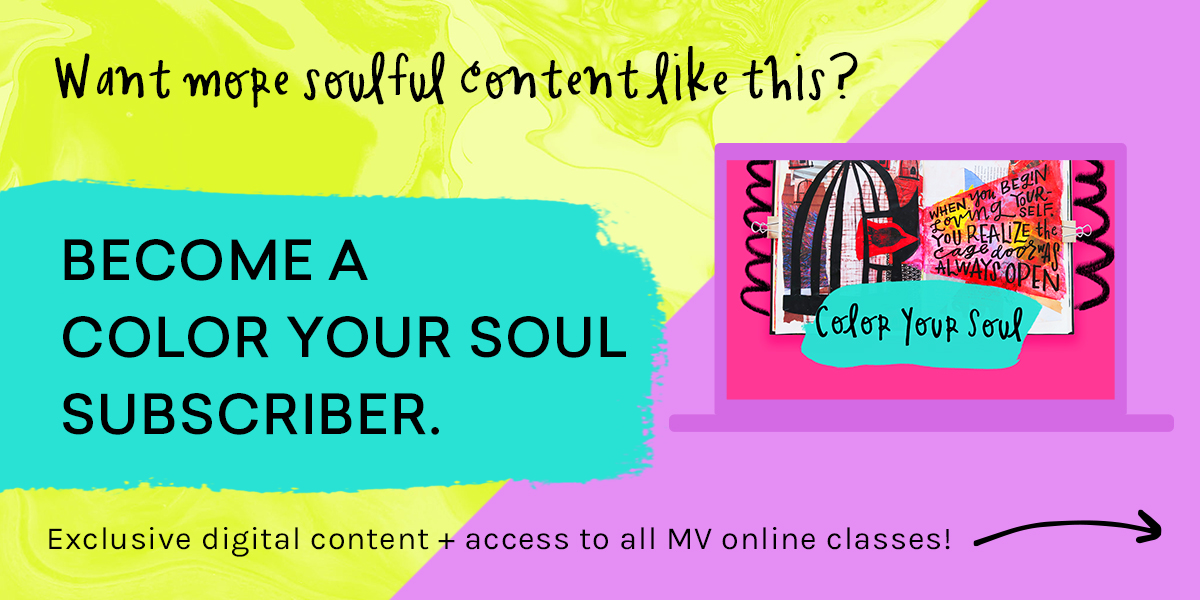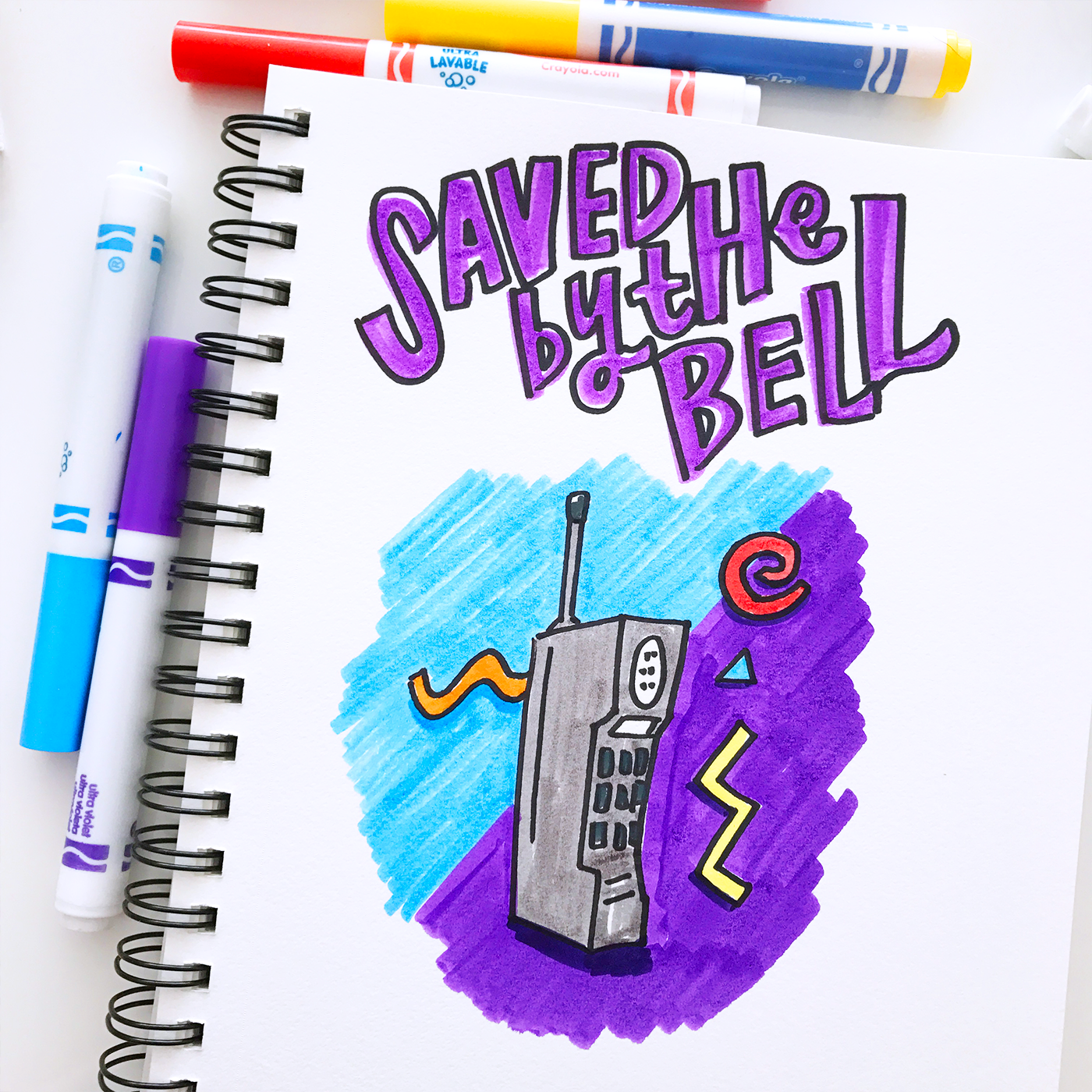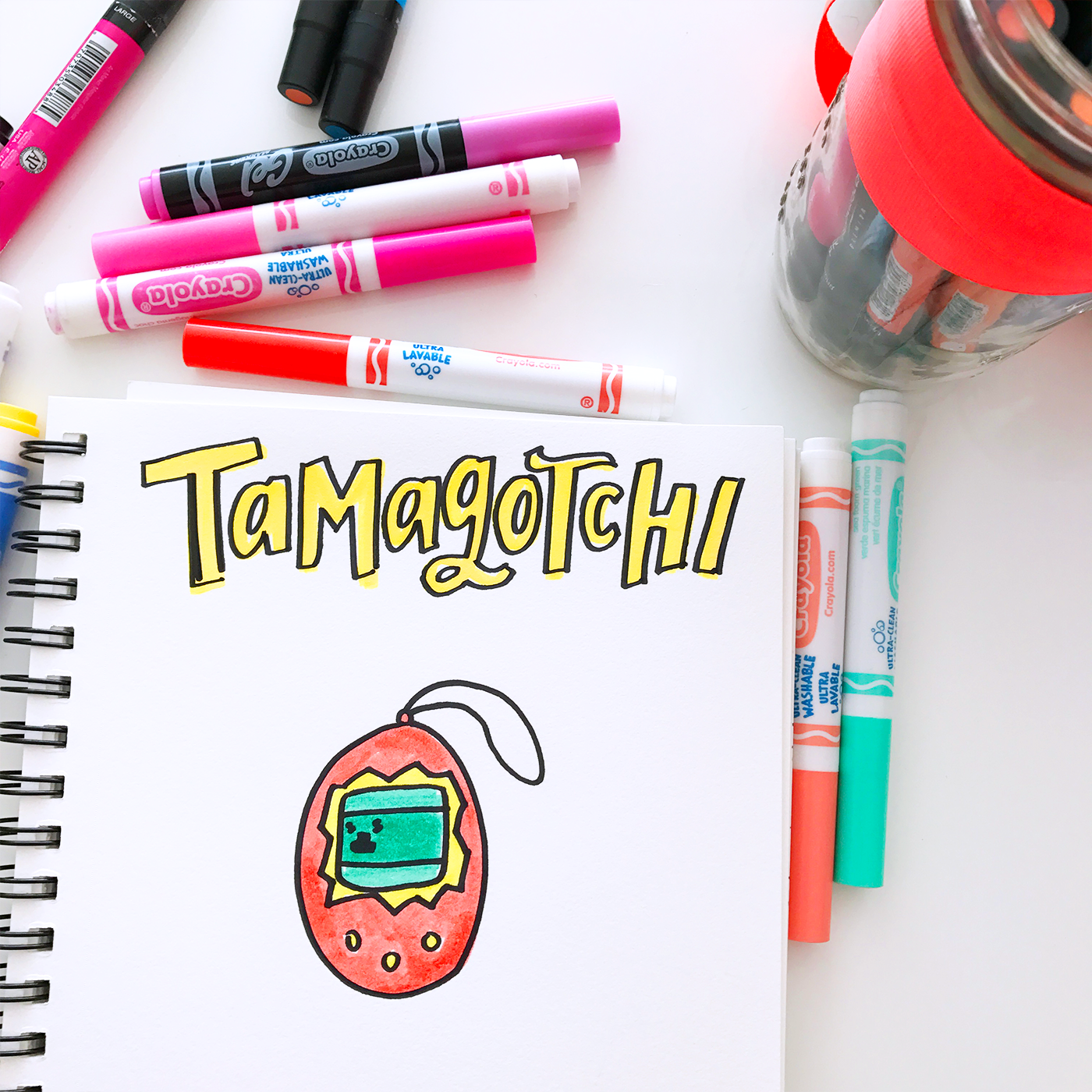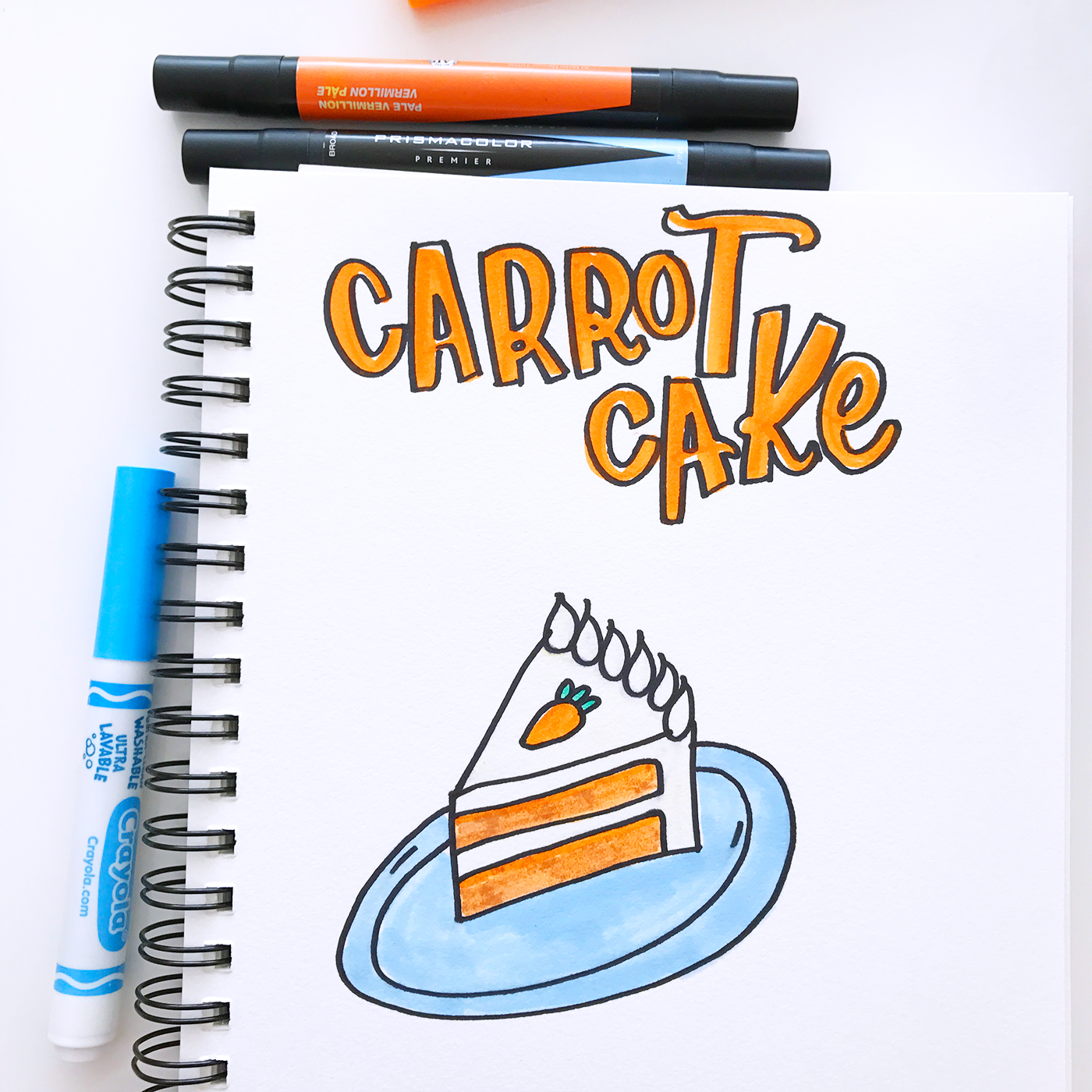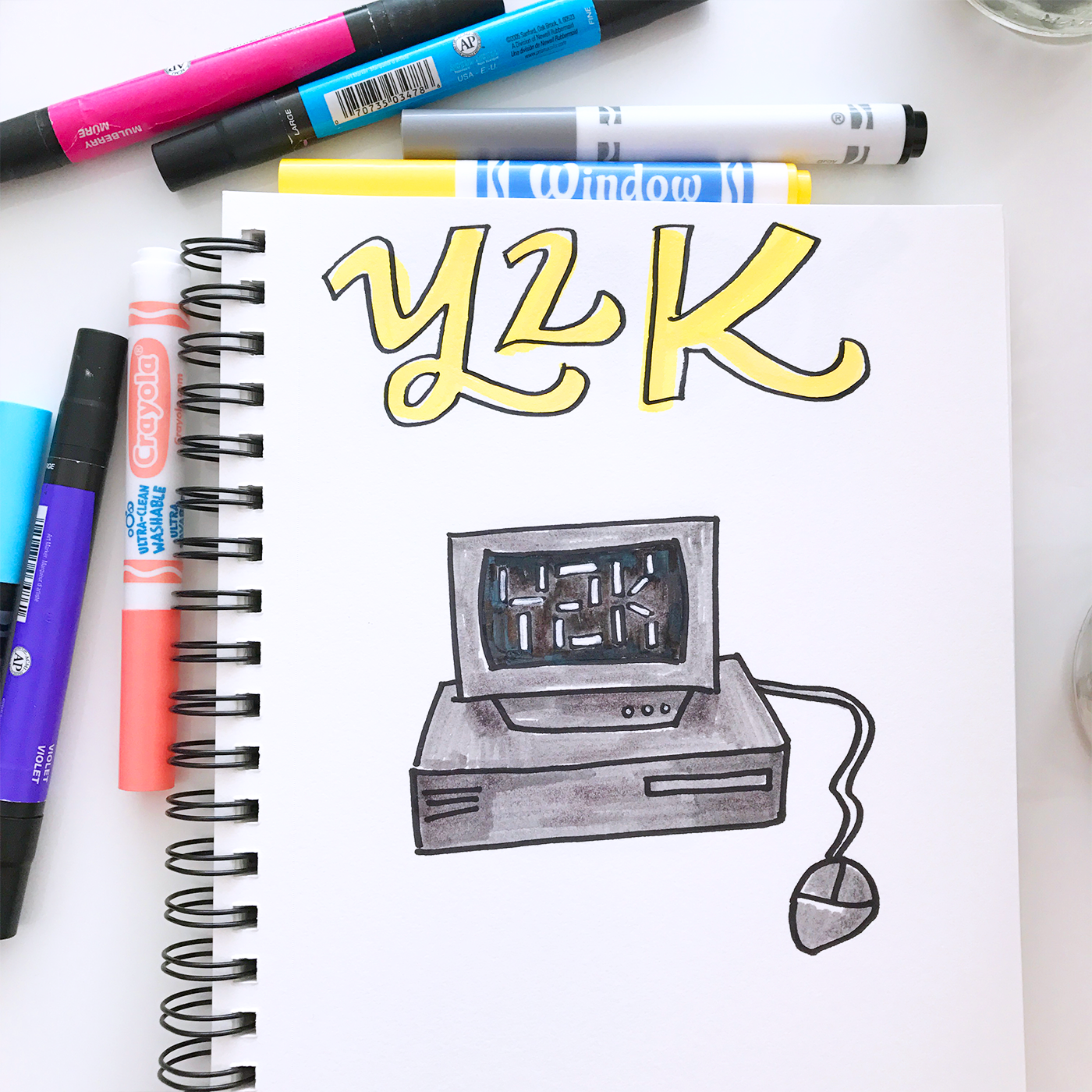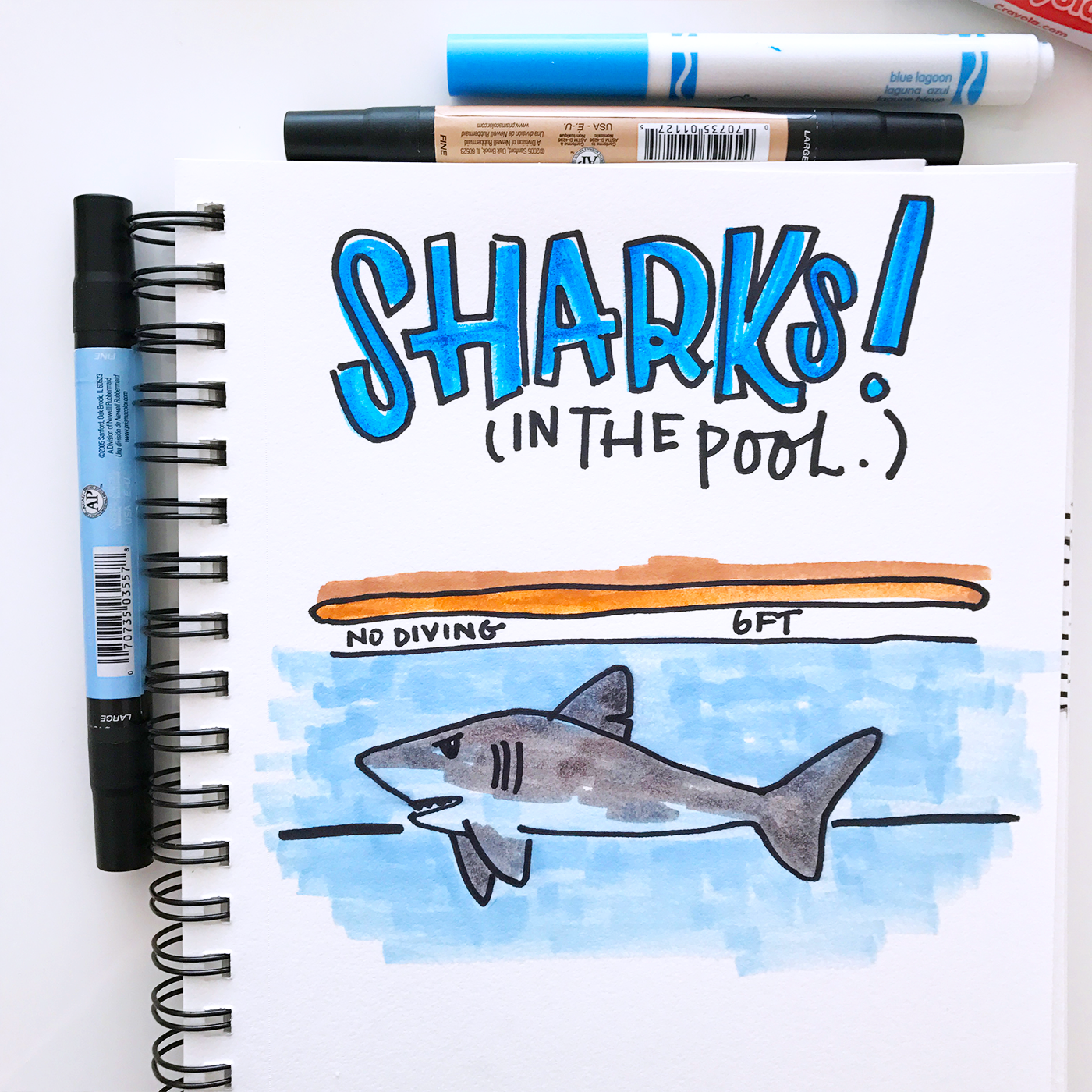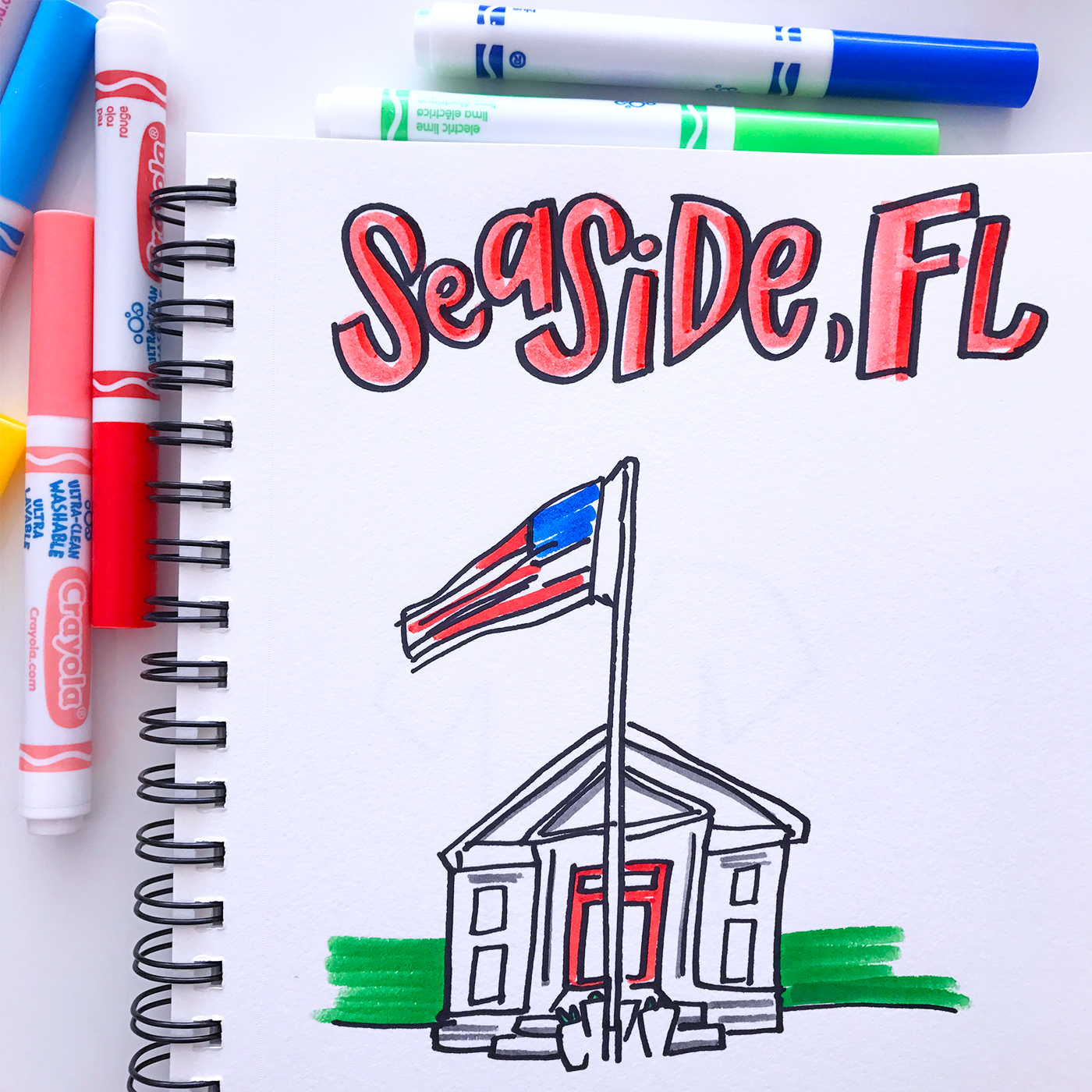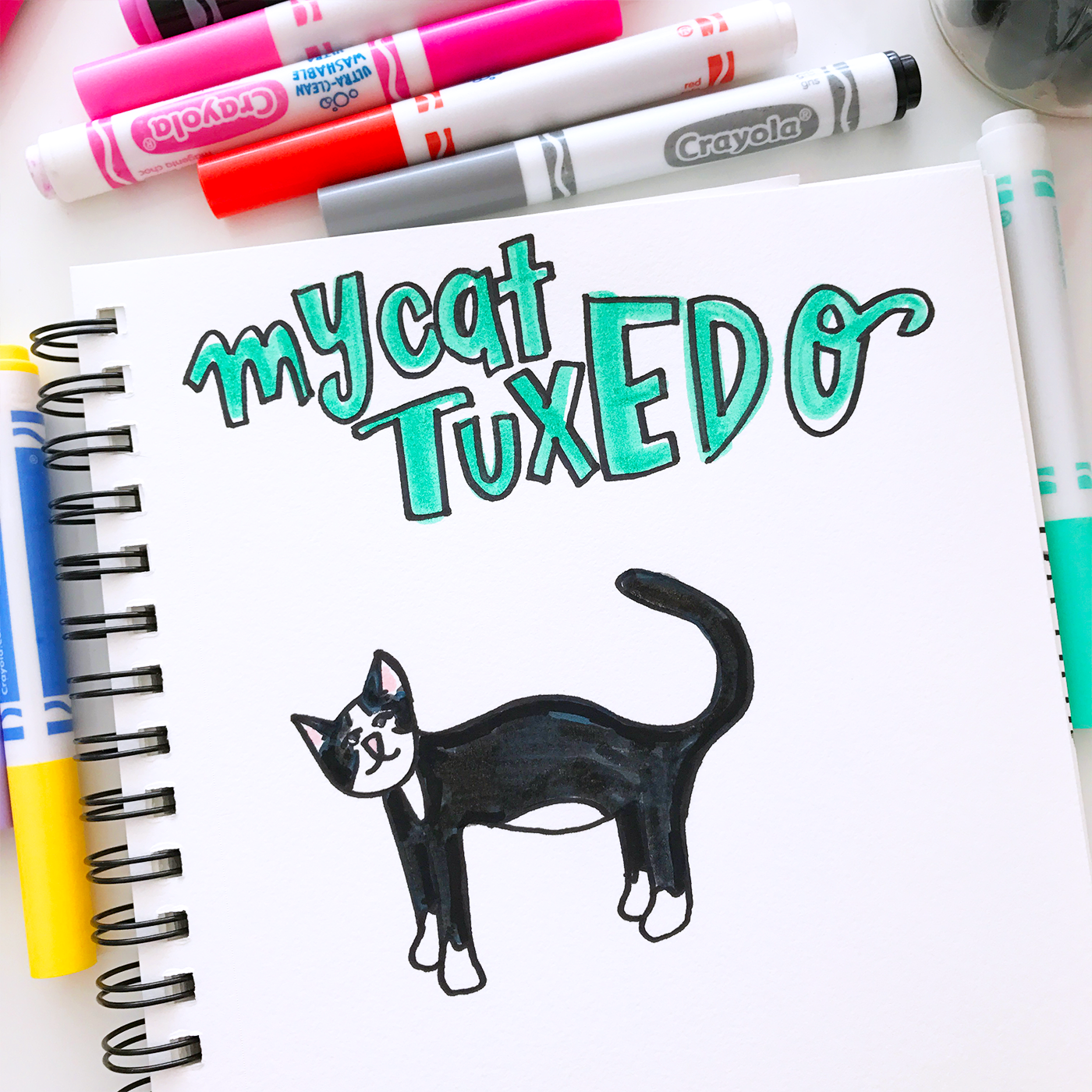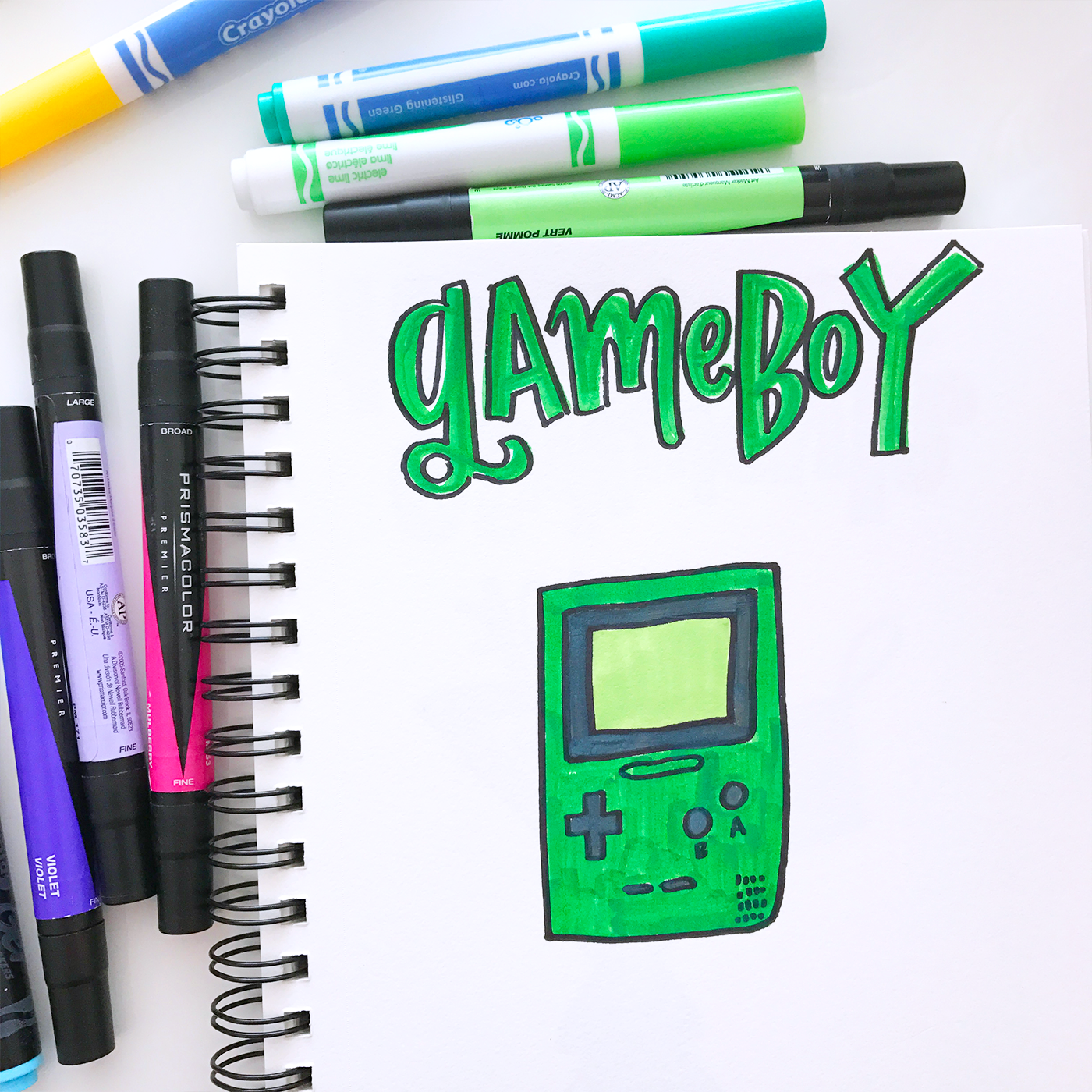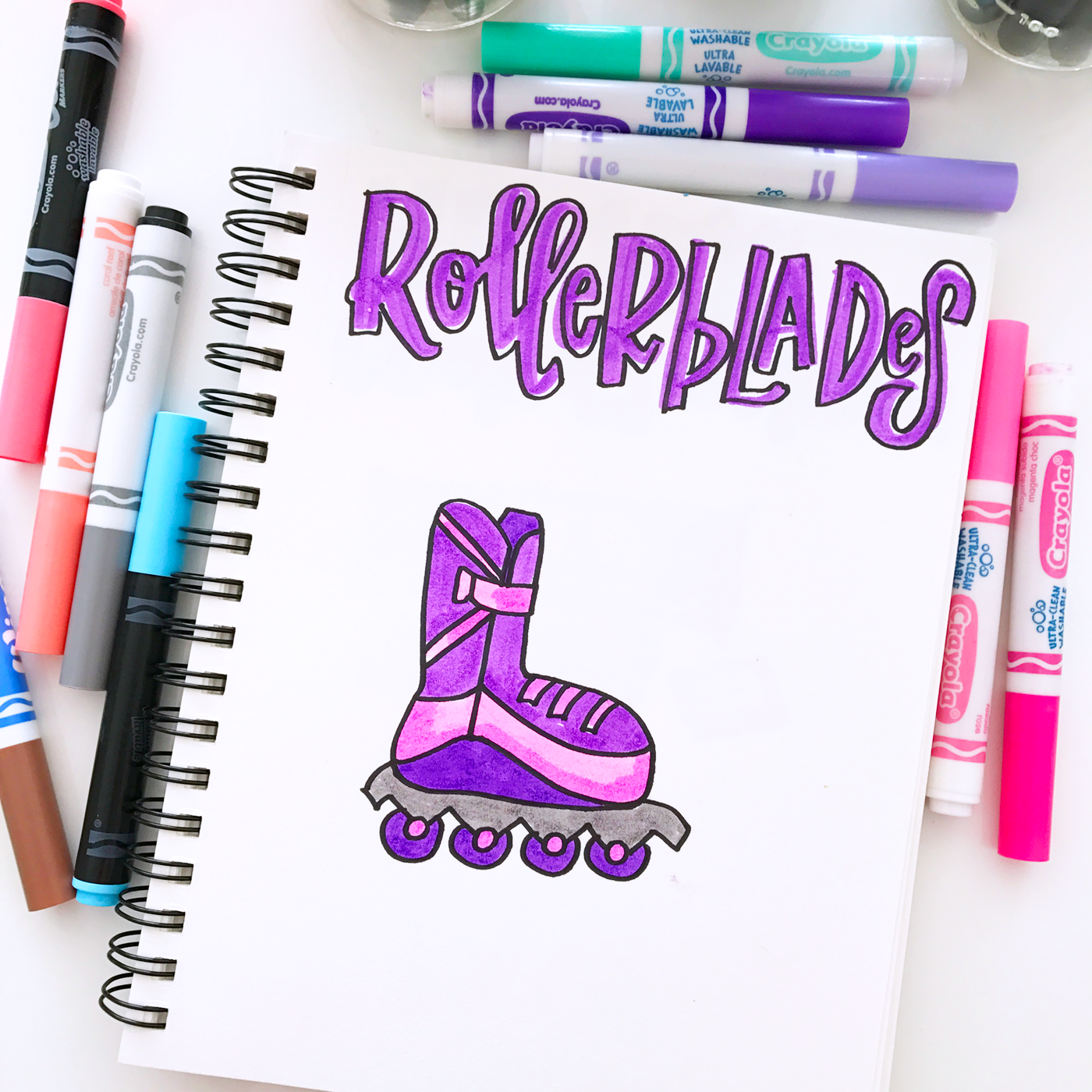In business and in life, we talk a lot about the topic of “failure.”
The fear of failing keeps so many of us from taking risks (or trying anything at all) and it’s responsible for keeping people stuck in jobs they don’t like or businesses that aren’t working.
In response to this, a new conversation around failure has been forming in the entrepreneurial ecosystem, one that says: “If you’re not failing, you’re not trying something different…” or “Failure teaches us more than success ever will…” or “Fail forward.”
These aphorisms can be motivating, and I love that they aim to re-frame the negative feelings we have toward failure, but more often than not they represent only TALK.
How many business owners or creatives do you see actually showing you their failures? Not just brushing them under the rug but REALLY shining a light on them and celebrating them?
I know I’m guilty of this. I can write newsletters about experimentation or my processes for making tough decisions in my business, but I admit there’s a part of me that always tries to spin these moves in such a way that avoids calling them what they really are: failures.
Honest question: did your heart sink just a bit when you read that word… “FAILURE.” It has quite a specter to it, doesn’t it? It feels almost taboo when you’re highlighting it so directly like that, not side skirting or spinning it to make yourself feel more comfortable with it.
Which is exactly why I want to join in this reframing conversation around failure but in a way that isn’t just talk. I want to gloriously and openly share with you all the experiments I undertake in my business that DON’T work out, and I want to do so without shame.
Maybe then it will encourage us all to be a tiny bit braver in pushing our own creativity and exploring new territory in our businesses.
So, today, let’s talk about my most beautiful failure to date: Color Your Soul.
If you’re a member, you’ve already been alerted to this, but for those of you who don’t know yet, unfortunately I’ve come to the decision that January’s issue of Color Your Soul will be its last.
I can’t say ending the subscription hasn't crossed my mind the past few months as the product never truly gained the numbers I needed it to in order to be financially viable. However, I loved creating it SO much and loved the community within it so much that I truly think I was blind to the toll it was really taking on me. Until last week.
There are so many reasons I arrived recently at this difficult (but right-for-me) decision, and I want to share those with you guys so that you might be able to learn from my own experience.
The Time Cost
I don't think I ever fully expressed just how much time and effort goes into the creation of the monthly Color Your Soul issue AND the creation of each new monthly workshop or course.
Between selecting the theme, gathering inspiration and resources, creating the art pieces and preparing them for the issue, formatting everything into the magazine and the website, each issue easily took me over 40 hours to put together.
I was happy to invest that time so that each element of the issue would be personal and heartfelt, but when I compare the time investment to the financial return, as a business owner I just can’t justify it.
Admittedly, the bar that I set for each issue from the beginning was a bit ambitious, and while I'm proud of the quality and heart in each issue, I'm sure I could have been much more diligent about projecting out the time I set aside to complete each issue every month. I shared my thoughts on the importance of time management in last week’s email, and this is definitely a case where the time efficiencies of the product itself really hurt the product’s viability.
Fragmenting My Attention
The original vision for Color Your Soul, aside from being a soulful answer to all the strictly business related resources out there, was actually intended to be a way to consolidate my various courses and projects under one roof.
Ironically, this project has actually done quite the opposite for me. In an effort to promote and boost subscriptions, I’ve done my best to deliver new and interesting instructional content each month, basically doubling my amount of offerings and products in the process. Even if I’m not actively working on or promoting each of these courses/workshops, they take up mental space for me. I have to admit that keeping up that level of mental rigor and stamina has finally caught up with me and I’m ready to once again commit to curtailing my offerings so that I can focus on the few that bring me the greatest joy AND the most significant financial impact.
I’ve always said that there’s a rhythm to running a creative business, one that is like breathing. There is a time for expansion and time for contraction. Expansion is always more comfortable for me, but I look forward to learning how to get comfortable with contraction too.
Taking my own creative biz medicine
You have heard me talk about this on workshops and in recent newsletters. The challenge of being a person who wants to make 100% of their income from creative pursuits is that you have to constantly balance the desire to follow your ideas with the practicality of what brings your business money. That's the puzzle.
After writing the very practical steps in last week’s newsletter and being reinvigorated by the concepts in the Make Money Making workshop, I’ve realized that I need to take my own medicine. I need to let go of what’s not working (CYS only brings my business about $600/month right now) and I need to restructure things so that I can use my gifts in a way that is sustainable for me and beneficial for you. Otherwise, nobody wins.
Step 4 of last week’s process was this: Start by acting on your Big Brick Wall and your Big Cracked Door. As much as I didn’t want to admit it, Color Your Soul is my Big Brick Wall. I never found a process that allowed me to maintain the vision of the product AND nurture the community AND promote it to new audiences AND have time left over to sustain my other business channels. As I said before, there are two ways to act on a Brick Wall, and that’s either to try and improve what’s not working or to simply let it go. In this case, letting it go is the right (but hard) choice.
Living the Made Vibrant ethos
Ultimately it comes down to this VERY important and very simple fact. Without realizing it, pouring my time and attention into this project without a healthy, stable return has left me feeling stretched thin and without time and attention for the other things that keep me centered in life.
Things like painting, and getting outside, and connecting 1-on-1 with Made Vibrant community members like you. (You should see my inbox right now… it’s not a pretty sight!)
If I'm honest with myself, these past few months I've not been living my best and brightest life. It was hard for me to see before, but I can see that now.
As much as you love and believe in an idea, as much as you WANT to sell what is true over what is easy, you also have to accept the reality of what you’re sacrificing to bring that idea to life, and for me, it’s just too much.
What I learned
Though every business and every person is different, there are a few practical lessons I learned from this experiment and I’d like to share those with you.
First, answering to a monthly recurring offering felt inflexible and confining at times, like it was looming over my head and it was a deadline I could never get out in front of. That’s not the way I want my business to feel, and that's a lesson I'll take forward with me when developing new offerings. The allure of recurring revenue was in its ability to provide somewhat predictable (read: stable) income. In theory that’s great, but in practice it feels incredibly restraining. In the future, I’ll go back to embracing ideas with a more flexible structure so I can uphold that value of flexibility.
Selling (and explaining) something that hasn’t been sold before is not easy. If the product itself didn’t take so much time to produce, I would have invested more time in communicating what Color Your Soul was and the value it provides. The lack of time efficiencies never allowed me to do that well, which can account partially for the slow trickle in of subscriptions.
Start small! If you have an idea for a product, fight the urge to apply all the bells and whistles you envision from the outset. Had I started with a version of the product that was more stripped down, I could have been more intentional and efficient with the time it took to produce, and I could have grown it slowly and steadily as subscriptions increased.
What I hope you’ll take away from this
You’ve heard me talk about this in theoretical terms before but right now you are seeing it play out. We have ideas and they don’t always work out the way we envision them. That is OKAY — Experiment anyway. Experience anyway. And check back in with yourself often so you can learn firsthand what lights you up and what drains you.
“Our ideas don’t always work out the way we envision them. That is OKAY. Experiment anyway. ”
Color Your Soul was a beautiful dream of mine that I got to see turn into a reality. Maybe there are things I could have done differently to make it successful and sustainable, but I wouldn’t go back. I have learned a lot these past few months about what brings me joy and what doesn’t, what people are willing to pay for and what they’re not, what my strengths are and what my weaknesses are. That insight is invaluable to me.
It hurt to close the chapter on Color Your Soul as I know it. It hurt to send emails and refunds and to feel like I was disappointing people. But with everything in me I will fight the instinct to feel shame or self-doubt around making this decision.
Failures can be beautiful and glorious and valuable. We could use a few more failures, in fact, because it highlights two truths I believe dearly: We won’t ever know unless we try, AND Living a vibrant life demands the courage to let go of things that no longer align with our values.
To me the the principal metric of success is that I keep growing and keep stretching myself — and I keep sharing these pursuits with you all honestly because I want to inspire you to do the same.
I’ve always told you guys that I want to bend my business to my life, not the other way around.
I want to keep molding my offerings as I grow and evolve, and I want to keep experimenting until I find the right mix for the life that feels most vibrant to me.
That thing I tried? Yeah, it didn’t work. Now.. onto the next.
If you’re a subscriber and didn’t receive my other emails, feel free to reply back with ANY questions about this change and what it means for you.
Love and light to all of you this week!































